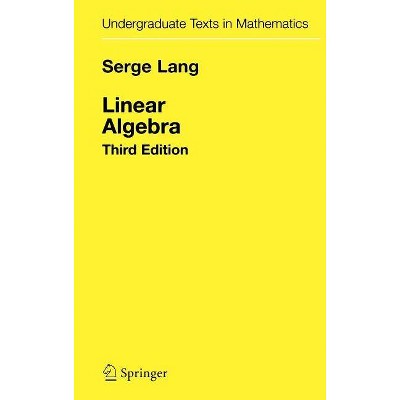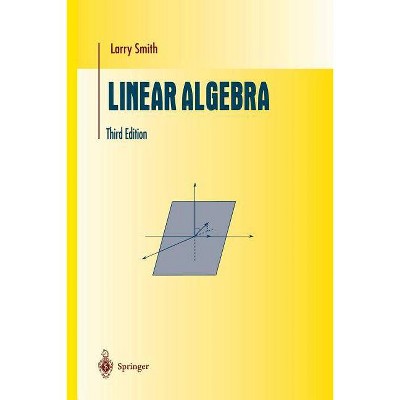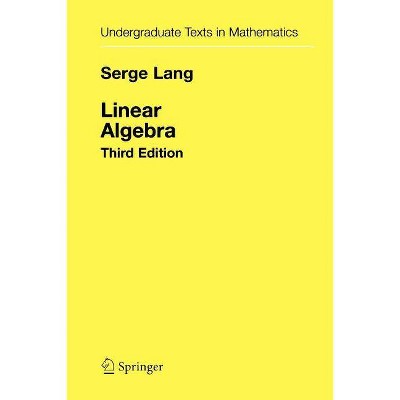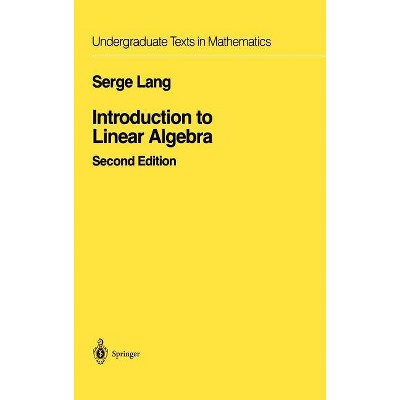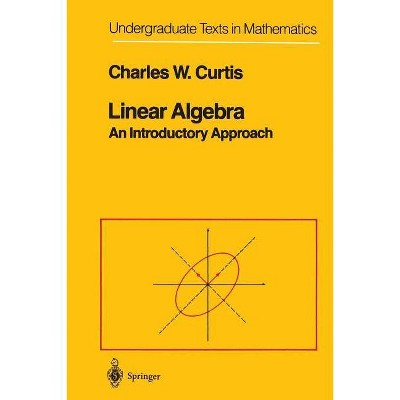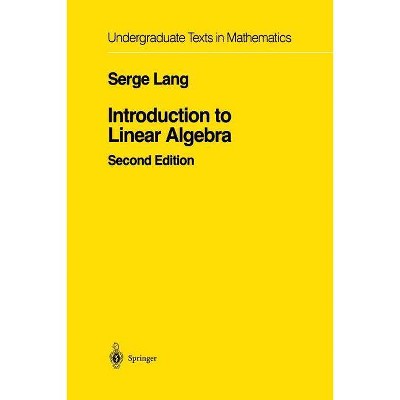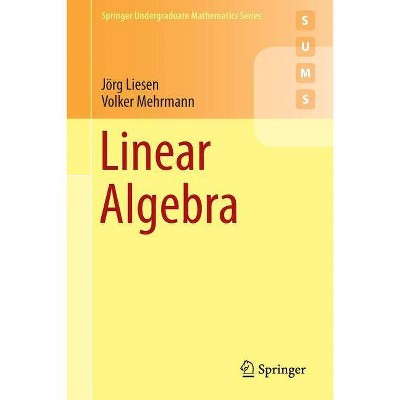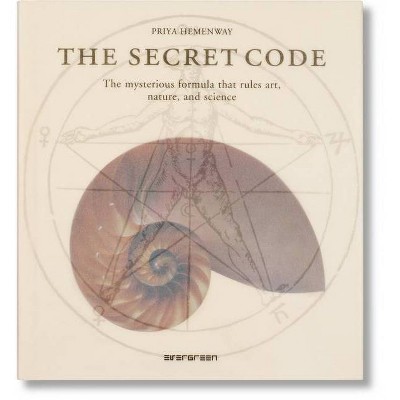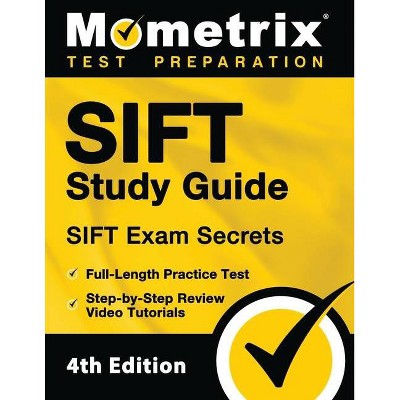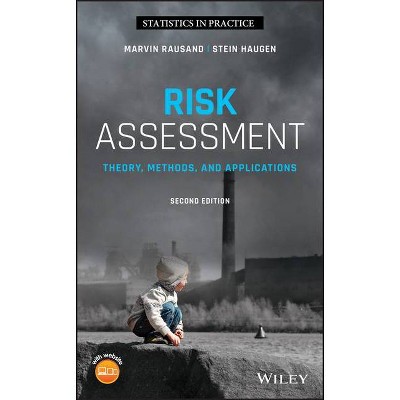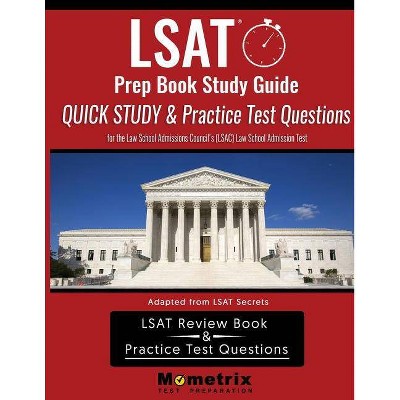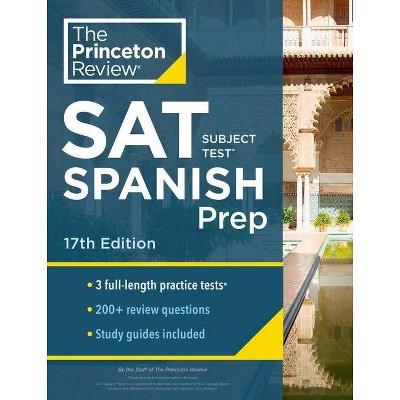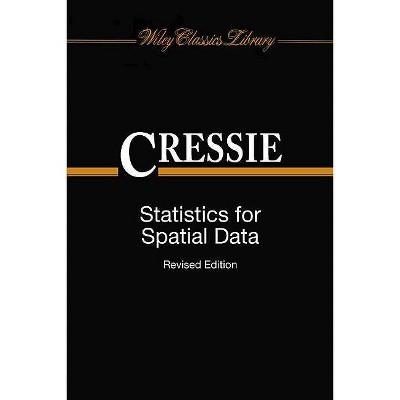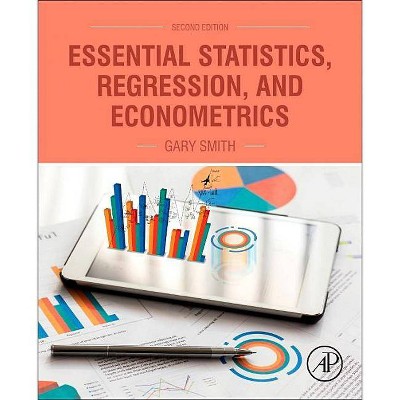Linear Algebra - (Undergraduate Texts in Mathematics) by Klaus Jänich (Hardcover)
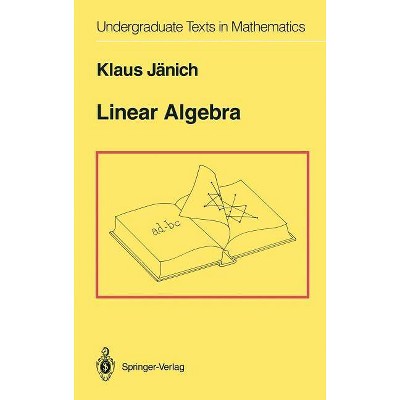
Similar Products
Products of same category from the store
AllProduct info
<p/><br></br><p><b> Book Synopsis </b></p></br></br>The original version of this book, handed out to my students in weekly in- stallments, had a certain rugged charm. Now that it is dressed up as a Springer UTM volume, I feel very much like Alfred Dolittle at Eliza's wedding. I hope the reader will still sense the presence of a young lecturer, enthusiastically urging his audience to enjoy linear algebra. The book is structured in various ways. For example, you will find a test in each chapter; you may consider the material up to the test as basic and the material following the test as supplemental. In principle, it should be possible to go from the test directly to the basic material of the next chapter. Since I had a mixed audience of mathematics and physics students, I tried to give each group some special attention, which in the book results in certain sections being marked- "for physicists" or "for mathematicians. " Another structural feature of the text is its division into laconic main text, put in boxes, and more talkative unboxed side text. If you follow just the main text, jumping from box to box, you will find that it makes coherent reading, a real "book within the book," presenting all that I want to teach.<p/><br></br><p><b> From the Back Cover </b></p></br></br>This book covers the material of an introductory course in linear algebra: sets and maps, vector spaces, bases, linear maps, matrices, values and eigenvectors, diagonalization of self-adjoint operators, and classification of matrices. The book is written for beginners. Its didactic features (the 'book within a book' and multiple choice tests with commented answers) make it especially suitable for self-study.
Price History
Price Archive shows prices from various stores, lets you see history and find the cheapest. There is no actual sale on the website. For all support, inquiry and suggestion messagescommunication@pricearchive.us
